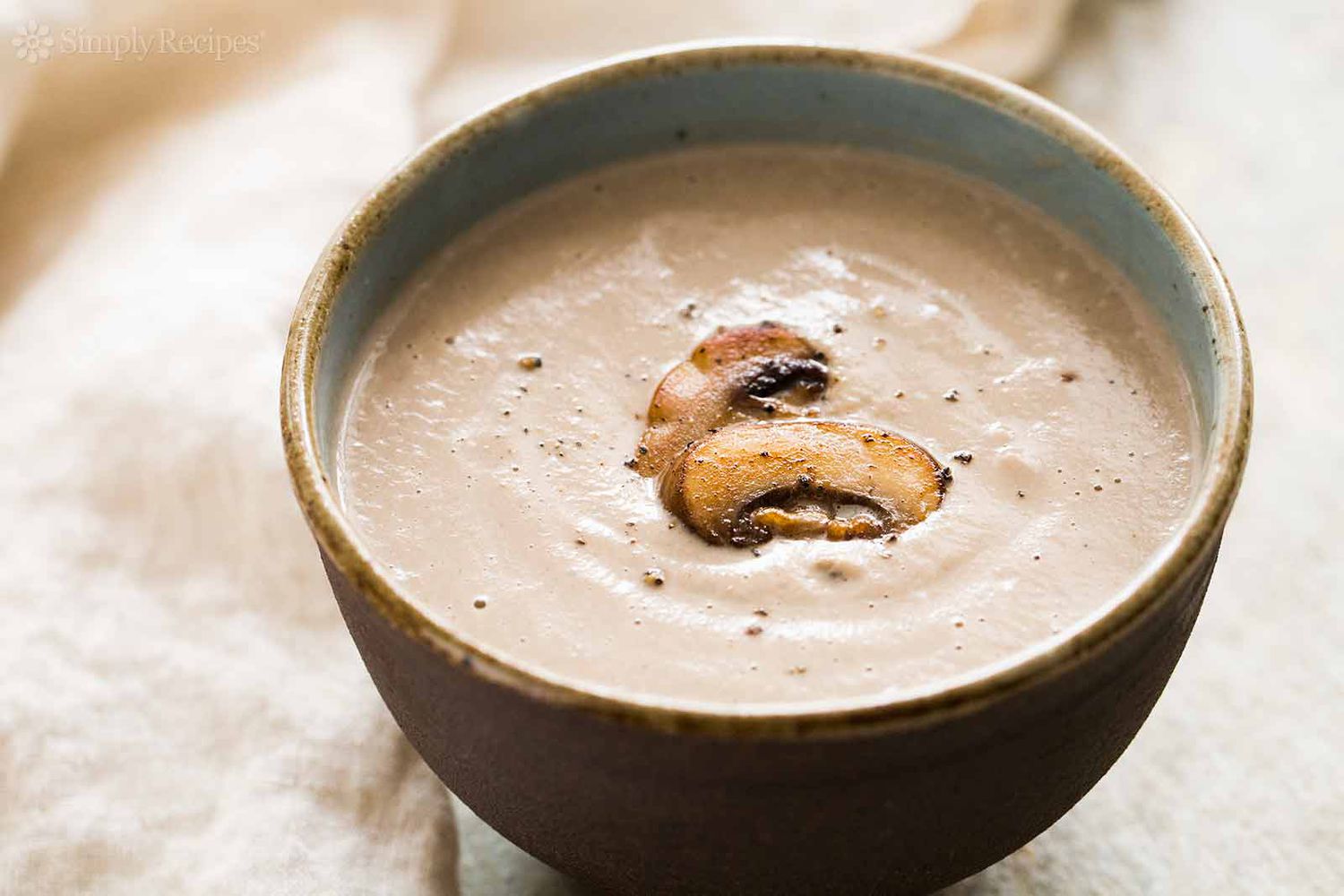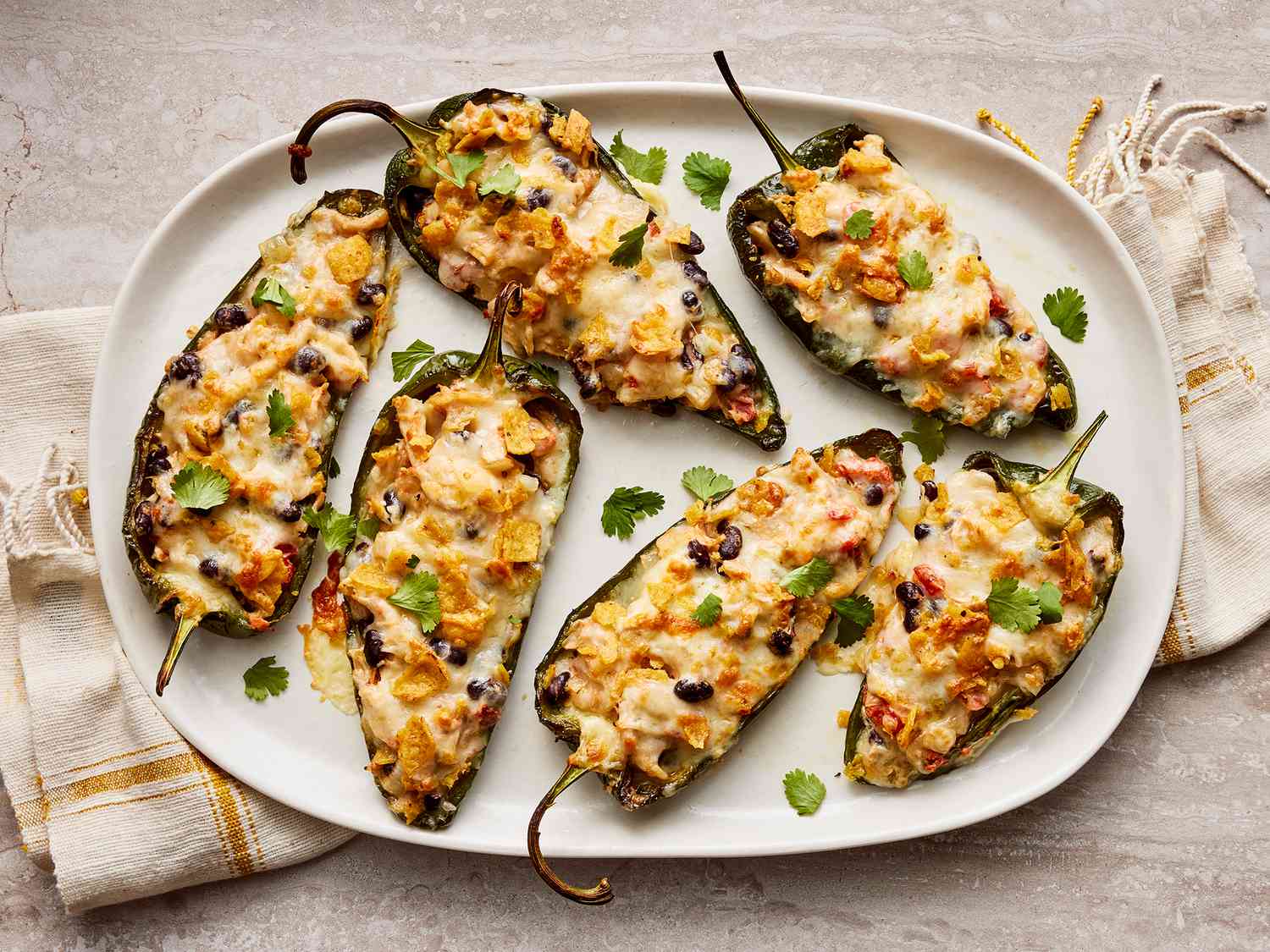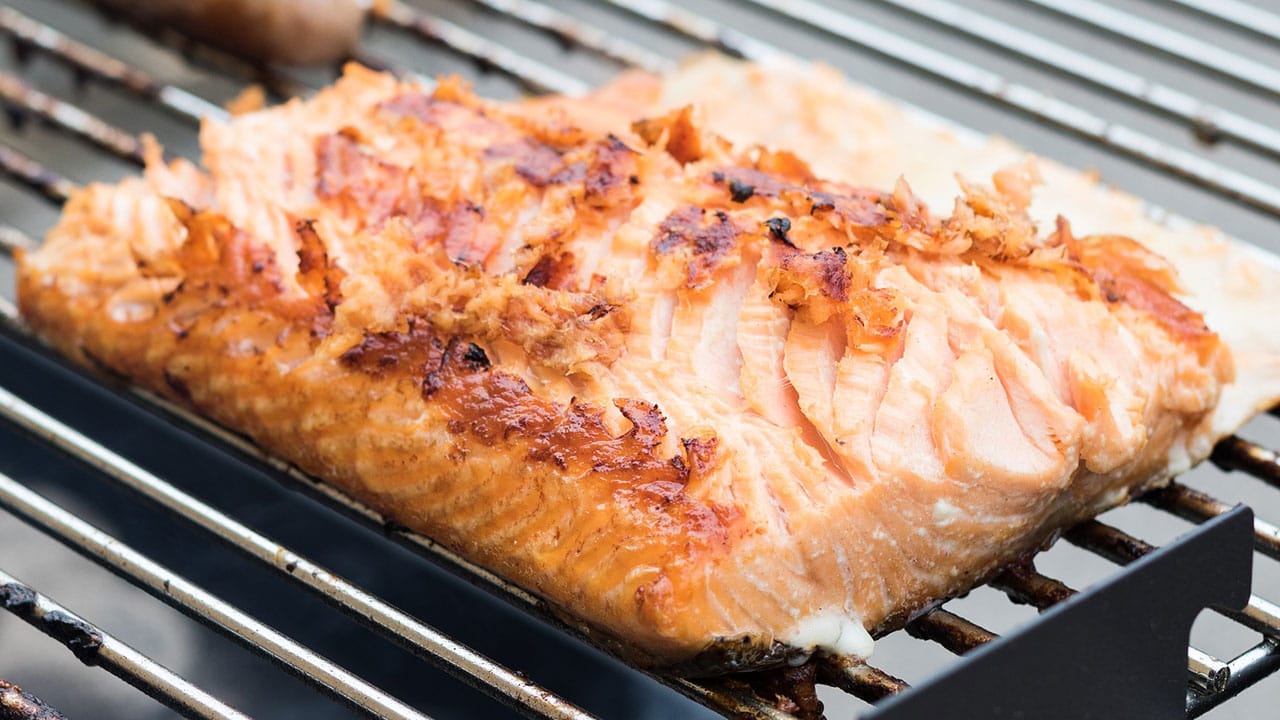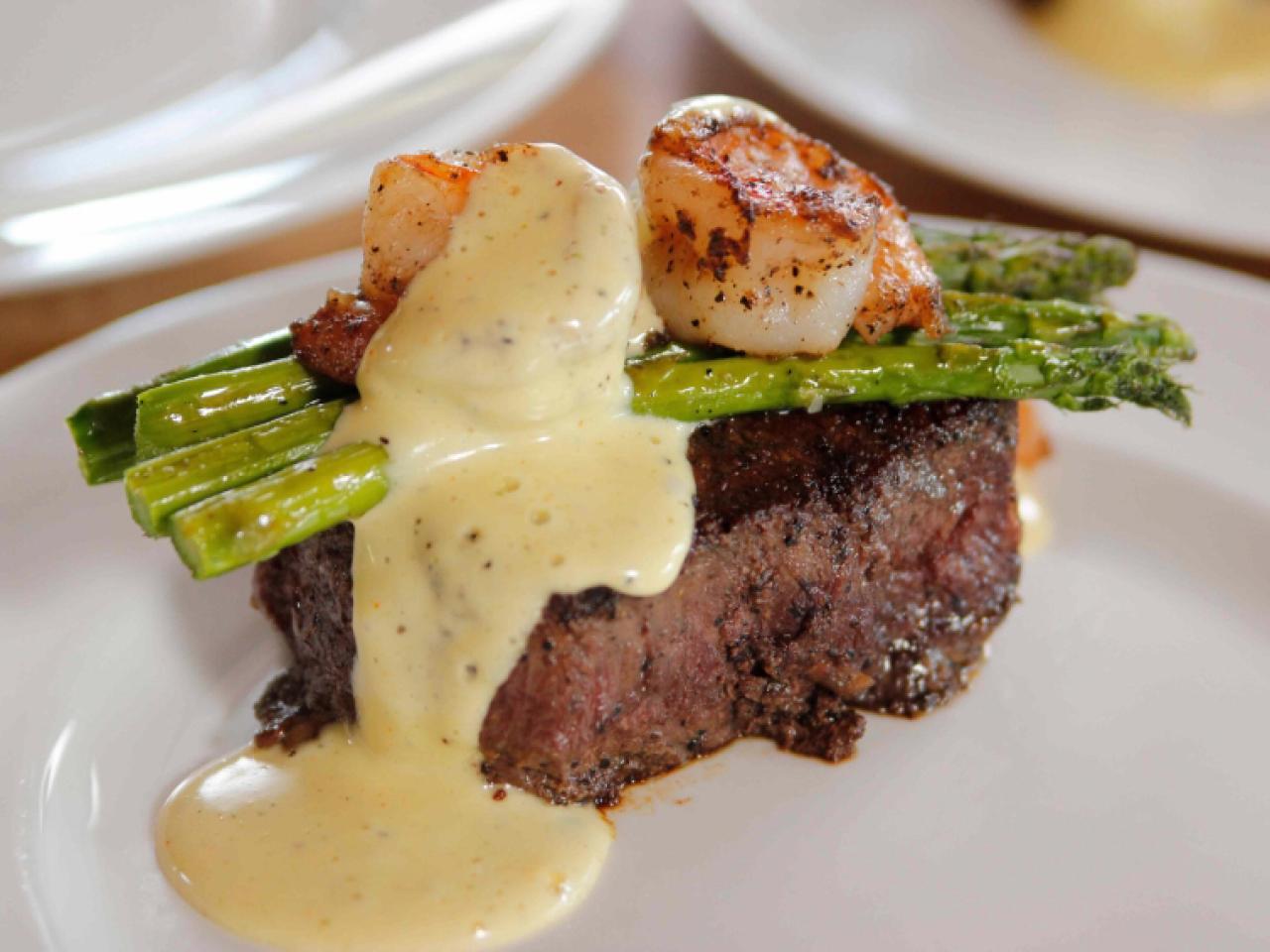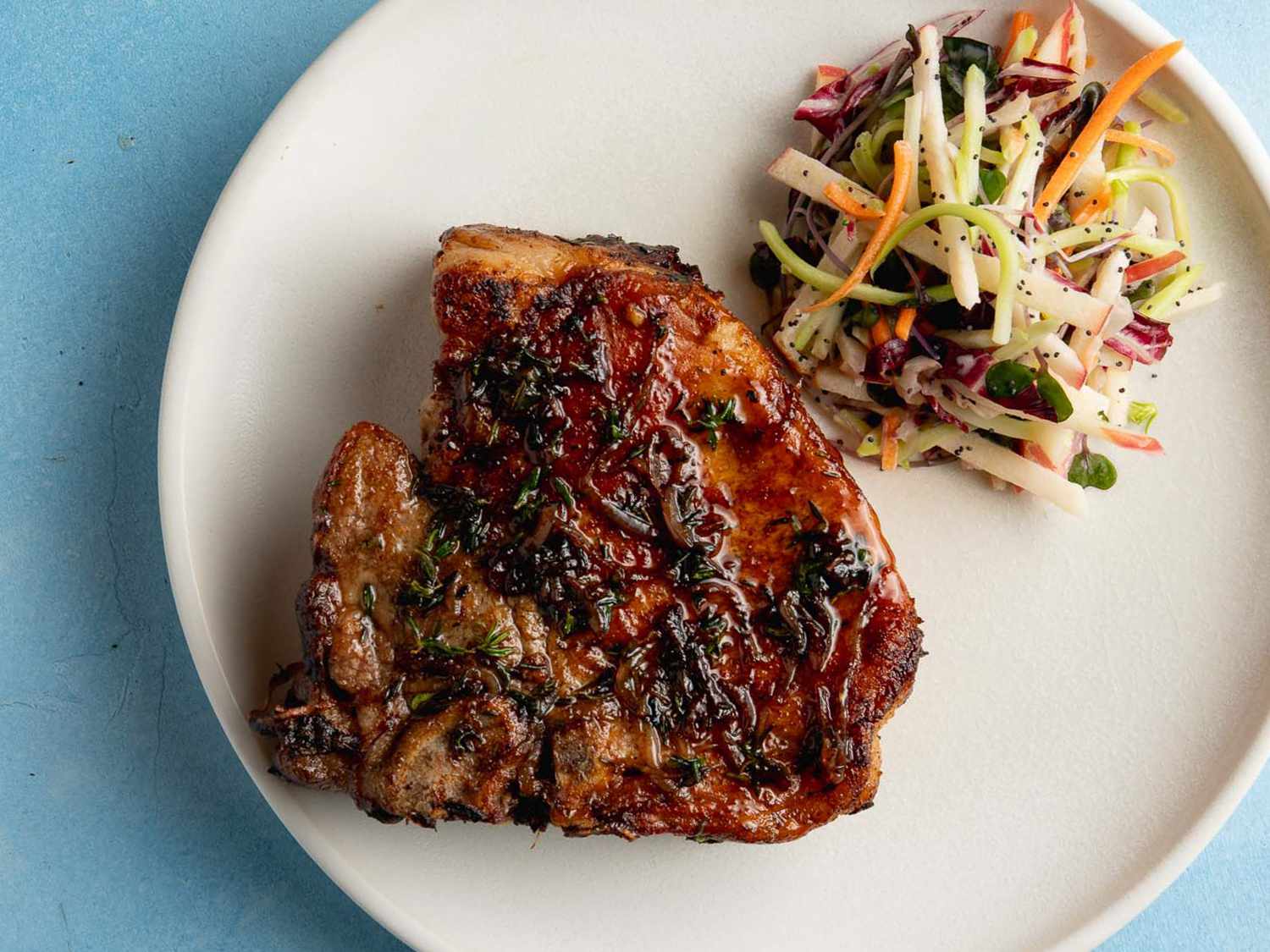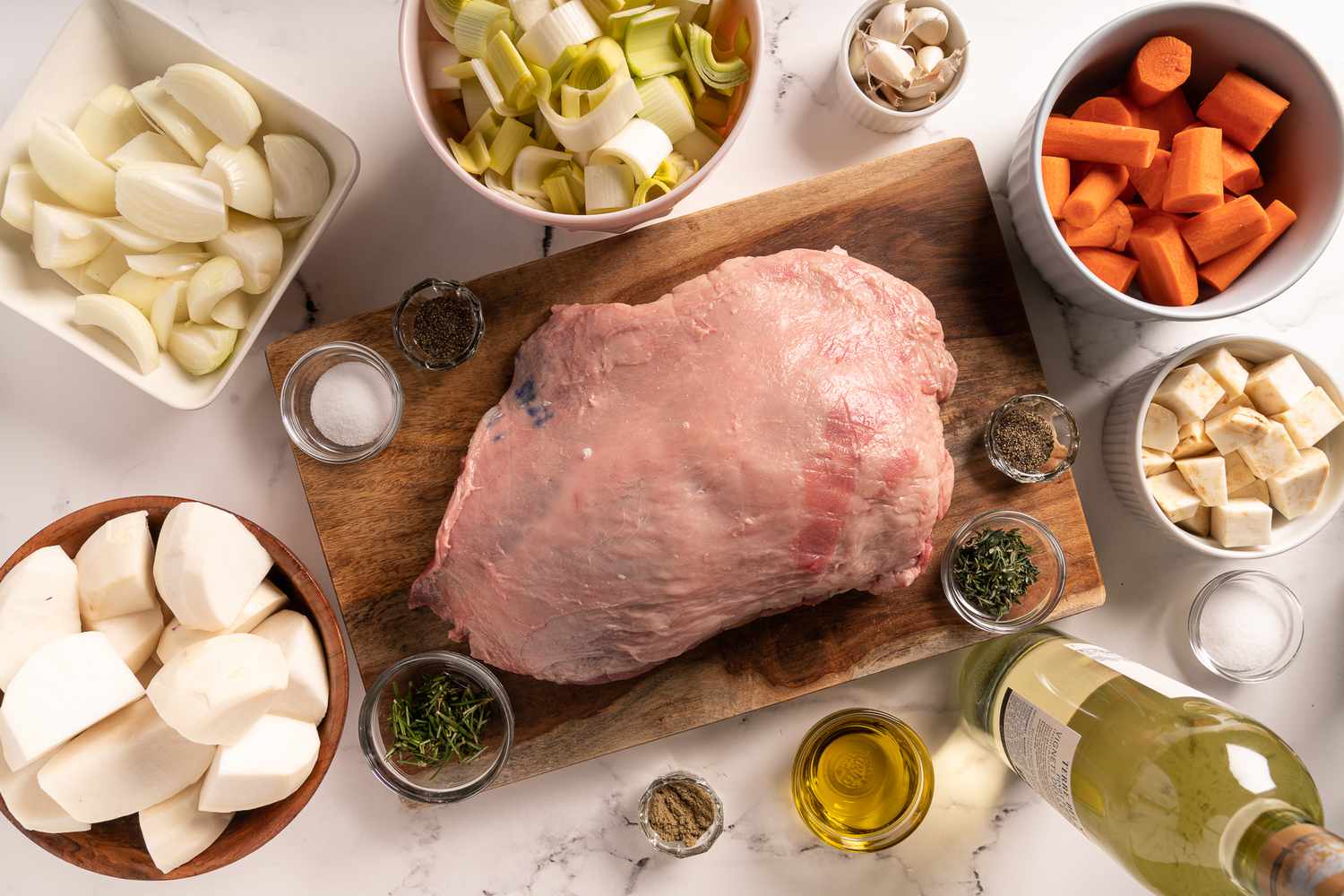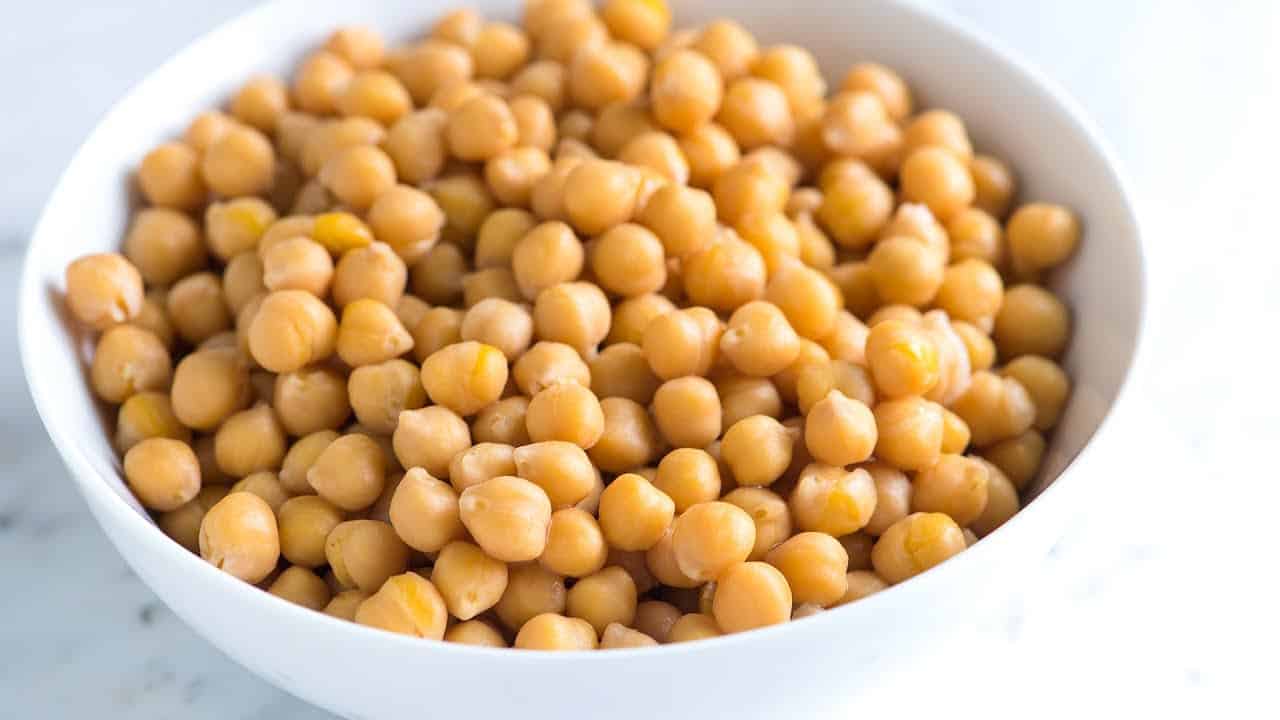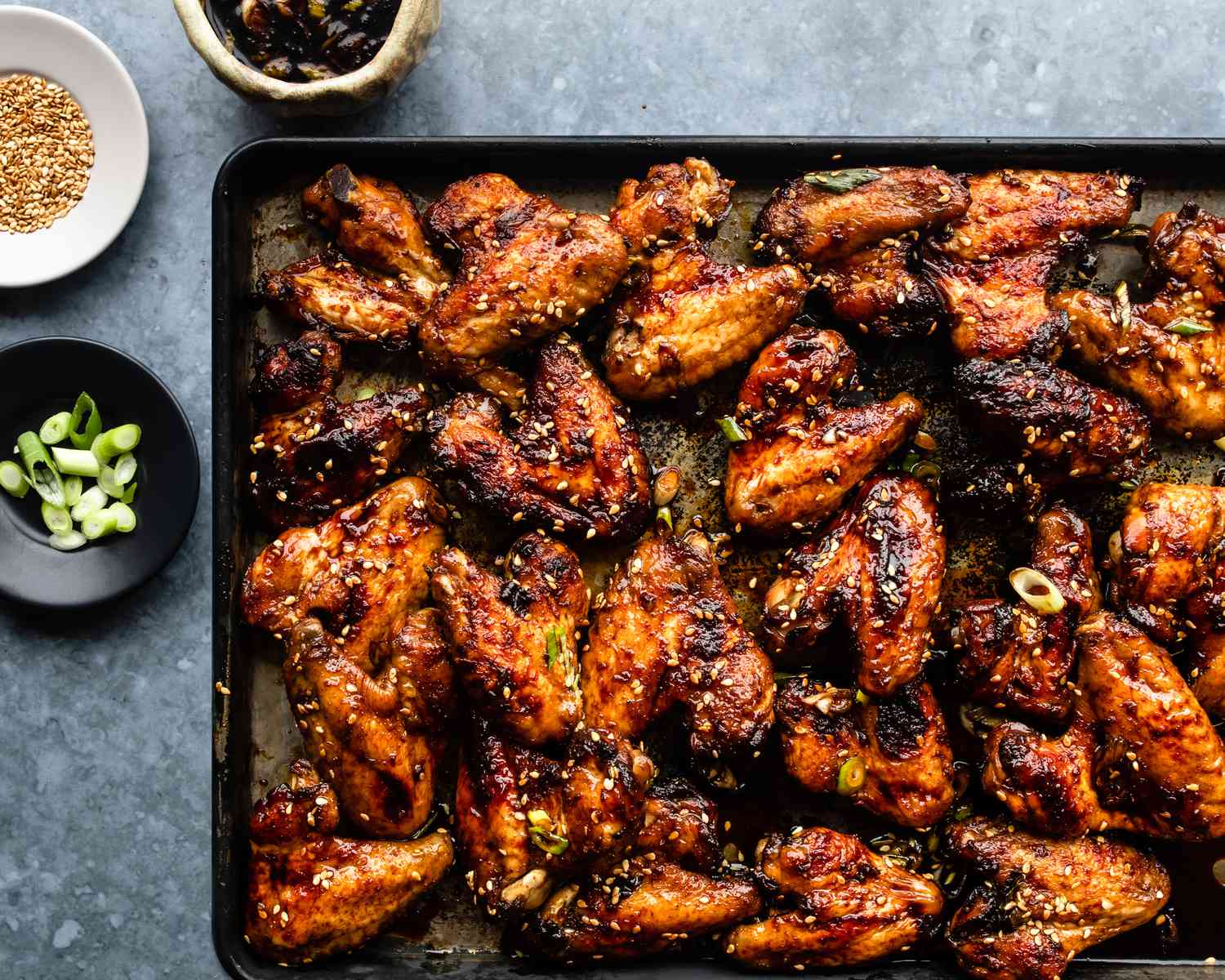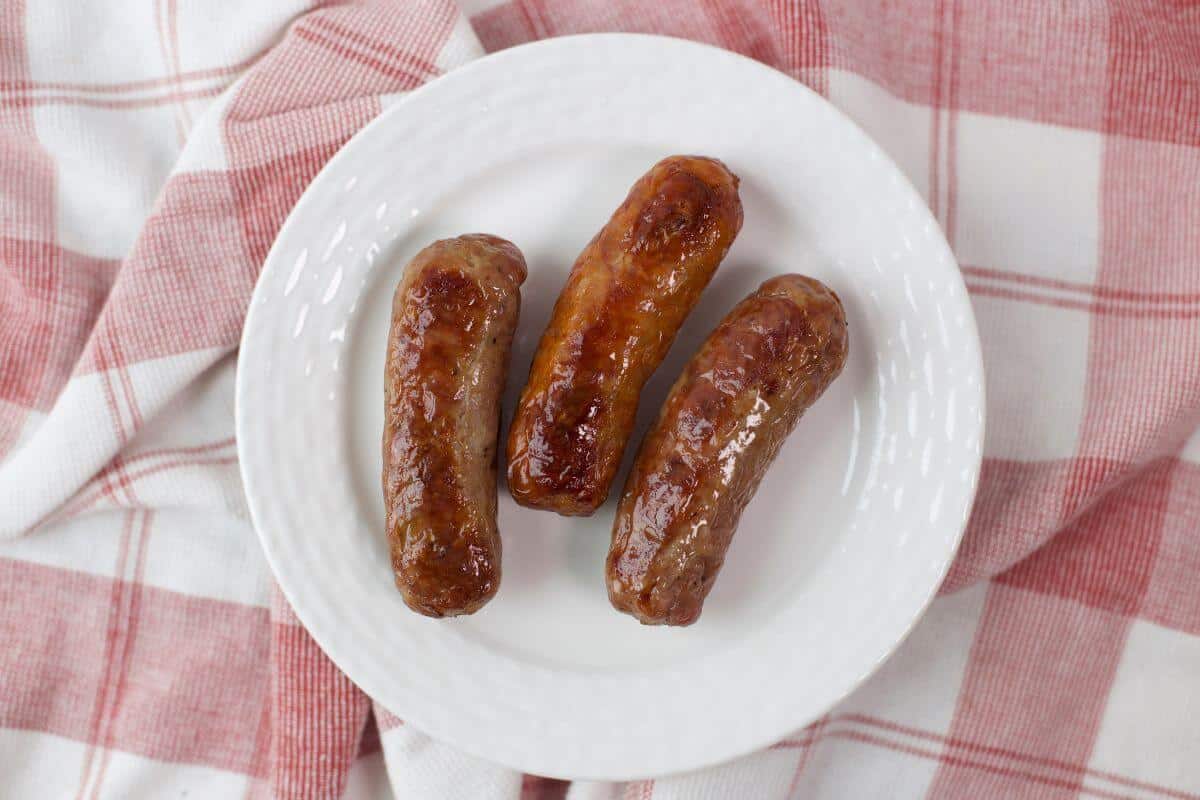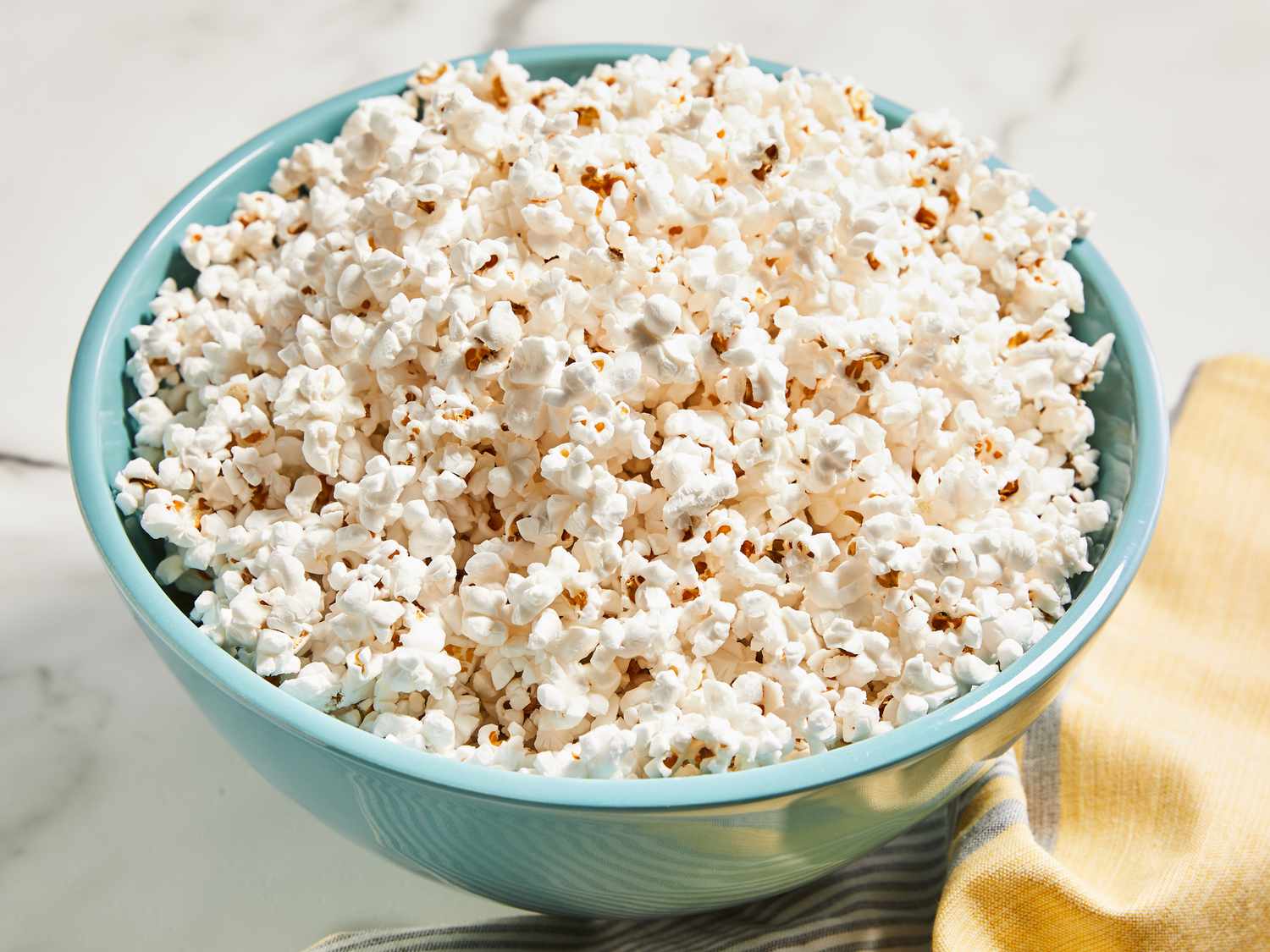The New Rules of Pasta Salad: How to Work With Asian Noodles
When it comes to pasta salad, most people immediately think of the classic Italian dish made with macaroni or penne. But why limit yourself to just one type of pasta? The world of pasta salads is vast, and in recent years, Asian noodles have been taking center stage as a delicious and unique alternative. If you’re ready to step up your pasta salad game, here are the new rules to follow when working with Asian noodles:
1. Choose the Right Noodle
Asian cuisine offers a wide variety of noodles, each with its own distinct flavor and texture. Experiment with different options like rice noodles, soba noodles, glass noodles, or even udon noodles. Consider the overall flavor profile of your pasta salad and choose a noodle that complements it perfectly.
2. Cook to Al Dente
Just like with traditional pasta, it’s important to cook your Asian noodles to al dente. This will give them a slightly firm texture and prevent them from turning mushy when mixed with the other salad ingredients. Follow the instructions on the package to ensure the perfect cooking time.
3. Cool and Rinse
After cooking the noodles, be sure to cool them down quickly to stop the cooking process. Rinse the noodles under cold water to remove any excess starch and prevent them from sticking together. This will also help them stay firm and maintain their shape in the salad.
4. Add a Flavorful Dressing
Traditional Italian pasta salads often use a simple vinaigrette or mayonnaise-based dressing. With Asian noodles, you have the opportunity to play with bold and vibrant flavors. Consider using ingredients like soy sauce, sesame oil, ginger, garlic, and chili paste to create a tantalizing dressing that will elevate your salad to a whole new level.
5. Get Creative with Vegetables and Proteins
While traditional pasta salads often feature ingredients like tomatoes, cucumbers, and olives, Asian noodle salads can be more diverse and exciting. Think beyond the usual suspects and experiment with crunchy vegetables like bell peppers, carrots, snap peas, and water chestnuts. Add protein options like grilled chicken, shrimp, tofu, or even thinly sliced beef for a satisfying meal.
6. Embrace Fresh Herbs and Garnishes
Asian cuisine is known for its use of fresh herbs and vibrant garnishes to add brightness and depth of flavor. Don’t be afraid to experiment with herbs like cilantro, Thai basil, mint, or green onions. Sprinkle some toasted sesame seeds or crushed peanuts on top for an extra crunch. These small additions can make a big difference in elevating the overall taste and presentation of your pasta salad.
7. Serve and Enjoy
Once all the ingredients are mixed together, allow the flavors to meld by refrigerating the salad for at least an hour before serving. This will allow the noodles to soak up the dressing and the various flavors to harmonize. Serve the salad chilled and enjoy the delightful combination of Asian flavors in every bite.
So, the next time you’re planning to make a pasta salad, don’t shy away from experimenting with Asian noodles. Follow these new rules, unleash your creativity, and prepare to impress your friends and family with a pasta salad that is both delicious and unique.
